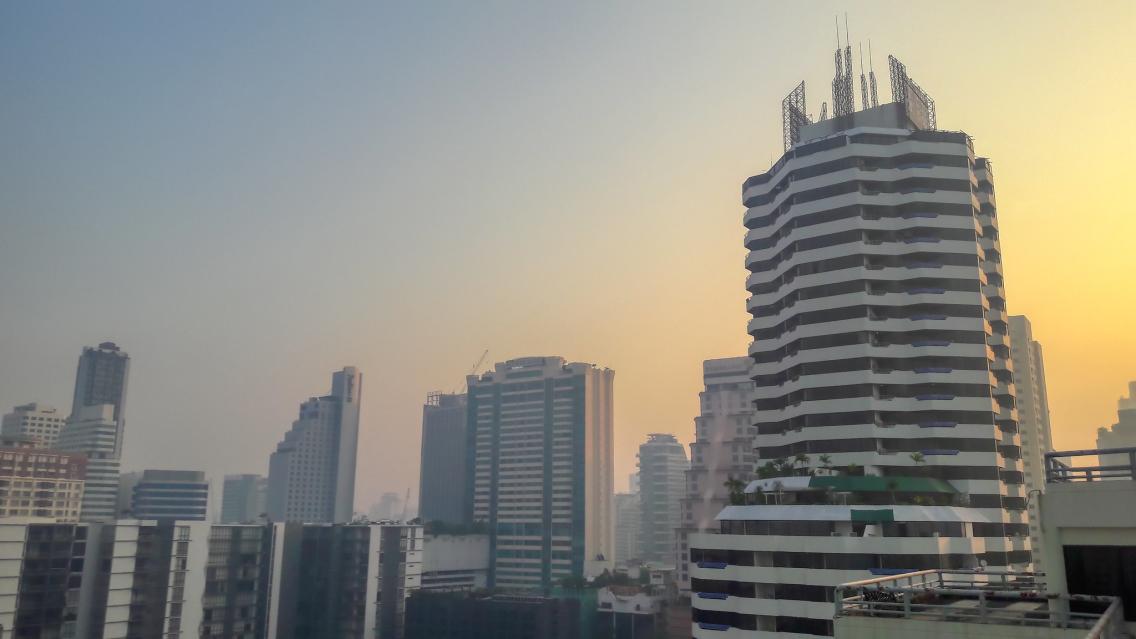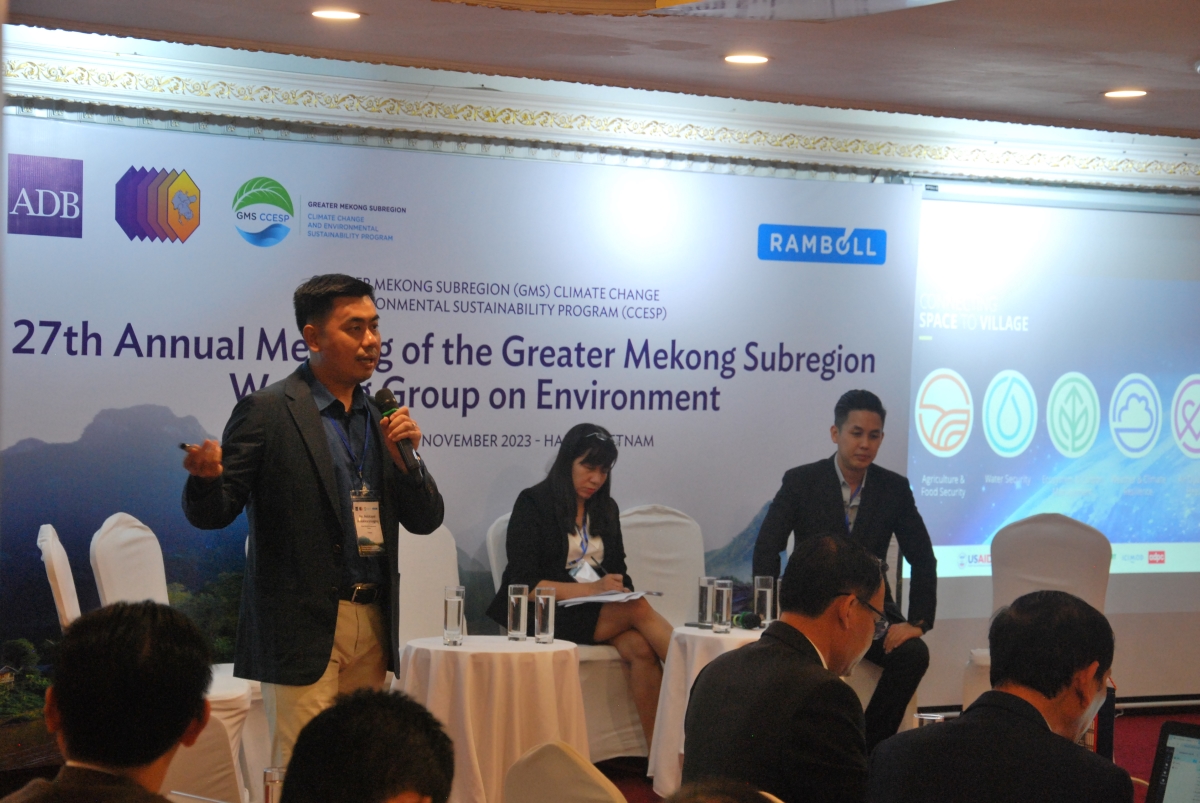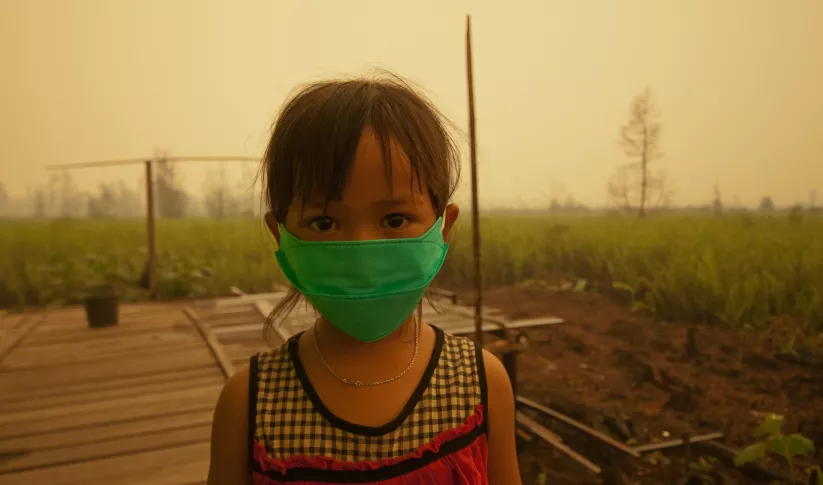Using Artificial Intelligence to Boost Air Quality in Southeast Asia

Governments in Southeast Asia can leverage the benefits of artificial intelligence (AI) through an enhanced tool, developed by SERVIR Southeast Asia (SERVIR SEA), to estimate the environmental and health impacts of air pollution in their countries and implement effective responses.
According to the Air Quality Life Index, 99.9 percent of Southeast Asia’s 656.1 million people live in areas where particulate pollution exceeds World Health Organization guidelines. In this region, air pollution cuts life expectancy by an estimated 1.5 years. Countries in the region need data to better understand the problem and develop potential solutions.
The SERVIR SEA air quality tool uses AI to help governments and regional organizations such as the Association of Southeast Asian Nations (ASEAN) accurately predict air pollution levels three days in advance and take actions to reduce risks to human and environmental health. The tool also enables up to 10 days of advance air quality forecasting, though these predictions are less accurate.
While the use of AI in scientific and research fields is not new, the practice has gained popularity in the past few years because of its potential to support decision-making around pressing policy making challenges, including the health, environmental and socio-economic impacts of air pollution, along with governmental responses to improve air quality, reduce pollution, and support economic growth. SERVIR SEA’s air quality tool has relied on AI since 2019 to calibrate and validate data. The program receives a substantial amount of data from NASA and Southeast Asian partner governments. Using AI makes it substantially easier and faster to process such large volumes of information.
The SERVIR SEA air quality tool also harnesses the power of AI to help governments and regional organizations evaluate the potential socio-economic costs of poor air quality.
“What we are working on now, which a normal analytical software cannot, is to feed data, patterns, lessons learned, opinions, analyses—all of these—and let AI understand and estimate the impact to human health, what the needs might be, where they might come from, what it might cost, and what government policies might best address the issue,” says SERVIR SEA air quality and health thematic lead, Aekkapol Aekakkararungroj. “That is the unimaginable but quantifiable potential benefit of the SERVIR SEA’s use of AI in its air quality tool.”
To date, the Royal Thai Government’s Ministry of Natural Resources and Environment and the Lao PDR have used SERVIR SEA’s air quality tool. The tool includes a mobile app that authorities use to identify sources of heavy smoke and pollution, track air flow, and guide public health warnings about poor air quality. There is growing interest across Southeast Asia in SERVIR SEA’s training on the use of AI in dealing with environmental issues.
“AI is a new subject matter in this field in this part of the world. Progress might initially be slow but we are happy to be on the forefront of it,” adds Aekakkararungroj.
For Southeast Asian countries dealing with staggering levels of air pollution, the predictive power of AI has great potential to help understand and address environmental and health hazards.
Interested in more technical details? See the article in Aerosol and Air Quality Research, “Machine Learning Algorithm for Estimating Surface PM2.5 in Thailand.”
SERVIR SEA is a partnership between the Asian Disaster Preparedness Center (ADPC), U.S. Agency for International Development (USAID), and NASA. The program uses public satellite technology information and data provided by NASA to help Southeast Asian governments and international organizations implement environmental and climate change projects.
The benefits of using SERVIR SEA’s air quality tool was the subject of a recent presentation in Hanoi, Vietnam by Aekkapol Aekakkararungroj. Vietnam’s Ministry of Natural Resources and Environment and the Asian Development Bank were sponsors of the 27th annual meeting of the Greater Mekong Subregion (GMS) Working Group on Environment (WGE).

Focused on deploying digital technologies for climate actions, environmental sustainability, and low-carbon infrastructure, the forum brought together nearly 70 participants from GMS countries, national agencies, academic institutions, private sector representatives, regional and international partners, and community representatives.


